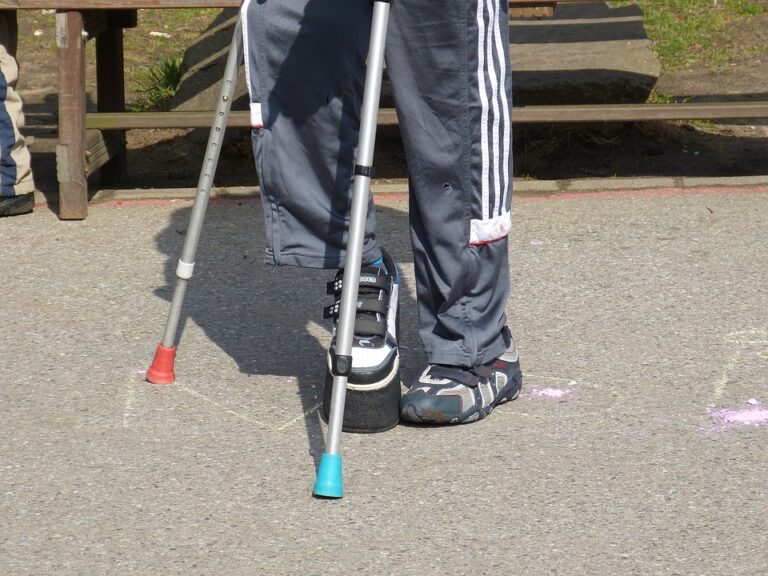
Unraveling the Mystery: The Latest Breakthroughs in Rett Syndrome Research
Rett Syndrome, a rare genetic disorder, has long been a source of mystery and frustration for researchers and medical professionals alike. First described by Dr. Andreas Rett in 1966, this disorder predominantly affects female children, leading to severe cognitive, physical, and social impairments. However, recent breakthroughs in Rett Syndrome research have offered glimpses of hope for both affected individuals and their families.
One of the most significant advancements in Rett Syndrome research comes from a study published in the journal Science Translational Medicine. Scientists from the University of Washington were able to reverse the symptoms of Rett Syndrome in a mouse model using gene therapy. By targeting the malfunctioning MECP2 gene, which is responsible for the majority of Rett Syndrome cases, scientists successfully restored normal brain function in the mice. This breakthrough offers potential avenues for new treatment options in the future.
Another groundbreaking discovery has been the identification of a drug compound that shows promise in Rett Syndrome treatment. Researchers from the University of Edinburgh found that the compound, called UKDCA, could rescue brain and behavioral impairments in a mouse model of Rett Syndrome. UKDCA acts by modifying the function of the brain’s GABA receptors, which are critical for proper neuronal communication. These findings have provided researchers with a new direction for developing targeted treatments for Rett Syndrome.
Furthermore, scientists are exploring the potential benefits of stem cell therapy in Rett Syndrome treatment. In a study published in the journal Nature, researchers demonstrated that transplantation of neural stem cells could improve brain function and motor skills in a mouse model of Rett Syndrome. This research suggests that stem cells may hold the key to regenerating damaged neural circuits and reversing some of the neurological deficits associated with this disorder.
While these discoveries offer hope for the future, there is still much work to be done in understanding Rett Syndrome and developing effective treatments. Researchers are striving to uncover the underlying mechanisms responsible for the disorder and identify additional therapeutic targets. Moreover, clinical trials will be necessary to determine the safety and efficacy of potential treatments in humans.
The Rett Syndrome community plays a crucial role in advancing research and supporting affected families. Advocacy groups and non-profit organizations are partnering with researchers to raise awareness and funding for further research initiatives. By prioritizing Rett Syndrome on the global health agenda, we can accelerate progress and bring us closer to finding a cure.
In conclusion, recent breakthroughs in Rett Syndrome research have shed light on this complex disorder, offering new hope for affected individuals and their families. Gene therapy, drug compounds, and stem cell therapy have shown promising results in preclinical studies, propelling us closer to effective treatments. While challenges remain, continued collaboration between researchers, healthcare professionals, and the Rett Syndrome community undoubtedly holds the key to unravelling the mysteries of this devastating condition.
Younger Glowing Skin - Discover Ancient Ayurvedic Secrets at DoctorIndiaHerbals.com
Explore One of the Largest Collections of Dinosaur-Themed Toys, Games, Gifts, Decor, and More at DinoAvenue.com
Discover Premium Design Elevator Shoes for Men and Women at LondonCobblers.com
Discover Hidden Family Destinations for Vacations at Places.Travelz.io
Find the Best Deals on Airfare and Hotels with Advanced Metasearch Technology at www.Travelz.io
30% off on Kids items
STEM science experiments for Kids
Premium Science Toys and experiments